Samuel Snodgrass is a Katzenberger Foundation Art History Intern with Jacqueline Protka at the Smithsonian Libraries branch in the Hirshhorn Museum and Sculpture Garden with the project, “Modern and Contemporary Art: A to more »
Category: Art and Design
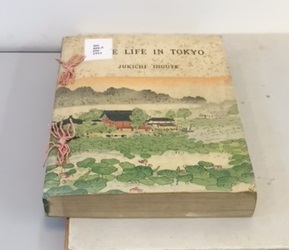
A few months ago, a book from the Freer Gallery of Art and Arthur M. Sackler Gallery Library came for treatment to the Book Conservation Lab: Home Life in Tokyo. Our copy, printed in 1911, is a softback binding, common for Japanese publications, and according to the bibliographic record, it was “issued in a portfolio.”
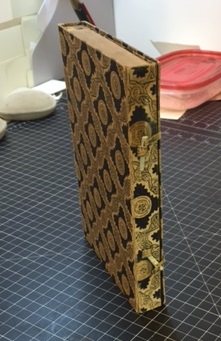
The book itself was in very good condition, however, after many years of protecting the soft-backed book, the portfolio enclosure had become damaged and was no longer functional. One spine piece of the structure had completely failed at its hinges; the decorative printed cloth and the paper linings had broken. The spine cloth fortunately was saved and sent along with the item.
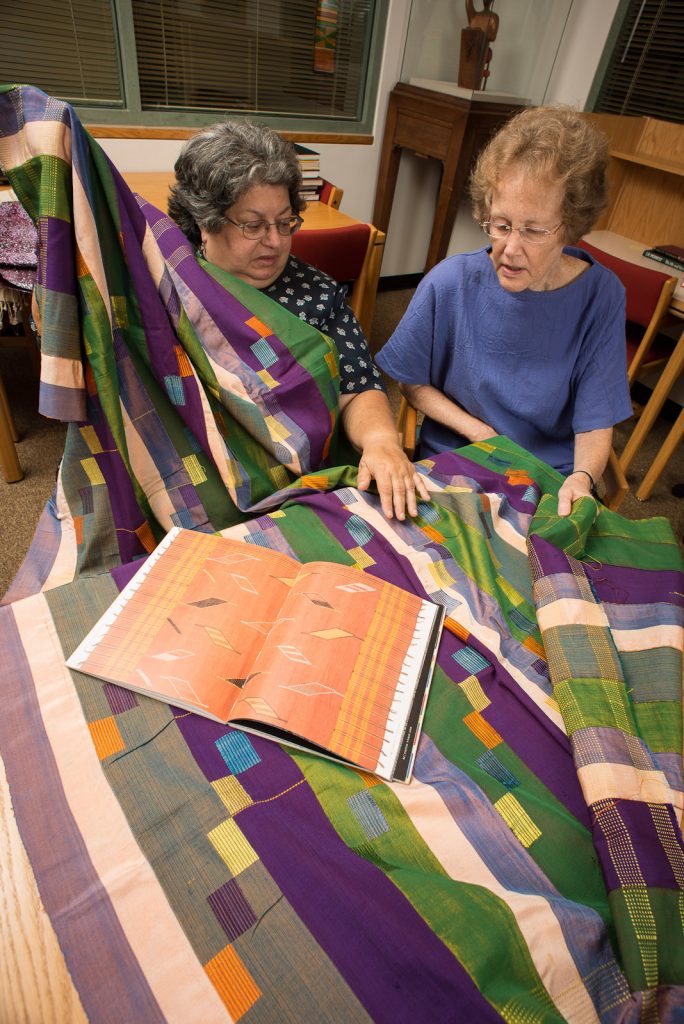
Every day, librarian Janet Stanley and the staff of the Warren M. Robbins Library at the National Museum of African Art work tirelessly in support of the Smithsonian’s guiding purpose: to foster the increase and diffusion of knowledge. This African Art Library plays an essential role in connecting colleagues, researchers, and artists around the world to engage in promoting the critical work that ensures a future of knowledge and discovery of African art.

In the series called “The ABCs of the Corcoran Artist Files” the American Art and Portrait Gallery (AA/PG) Library will explore artists through the materials from the recent Corcoran Vertical File Collection donation by featuring artists whose surnames begin with that letter. This time we are looking at the artists whose last names that start with F.
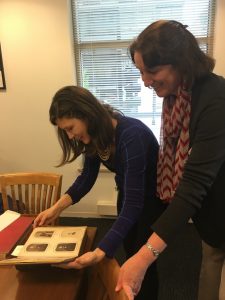
On a rainy April morning, Smithsonian Libraries Advisory Board member Amy Threefoot Valeiras and her family visited the American Art and Portrait Gallery Library (AA/PG). What they found surprised everyone!
Anne Evenhaugen and Alexandra Reigle, staff at the AA/PG Library, selected a variety of books and artists’ books to show our visitors. One of these was a carte de visite book, featuring photographic trading cards for nineteenth-century American painters. (What is a carte de visite, you ask? Click here to learn more!) After a few turns of the page, Amy’s sister-in-law, Cristina Price, stumbled upon a familiar face and name: her own distant relative W.T. Richards!
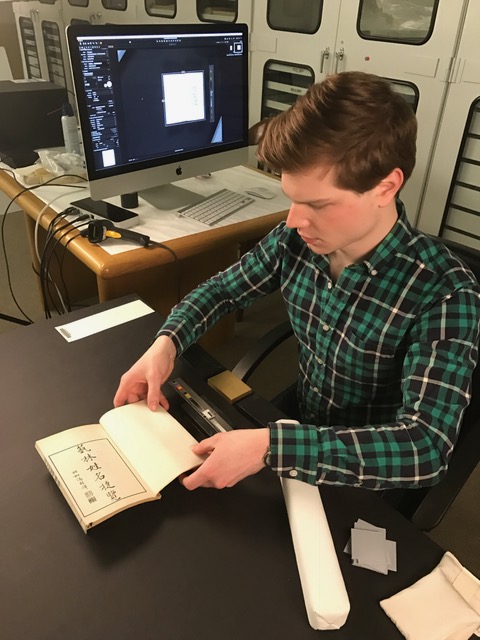
The Freer | Sackler Library of the Smithsonian Libraries have completed digitizing over 1100 volumes/41500 images from its collection of illustrated Japanese woodblock-printed books and manuscripts from the Edo and Meiji periods (1600-1912). The Libraries’ digitization project was generously funded by the Anne van Biema Endowment Fund.
Written by Jessica Masinter. She is an intern in the Cooper Hewitt Library and a literary studies major at Middlebury College.
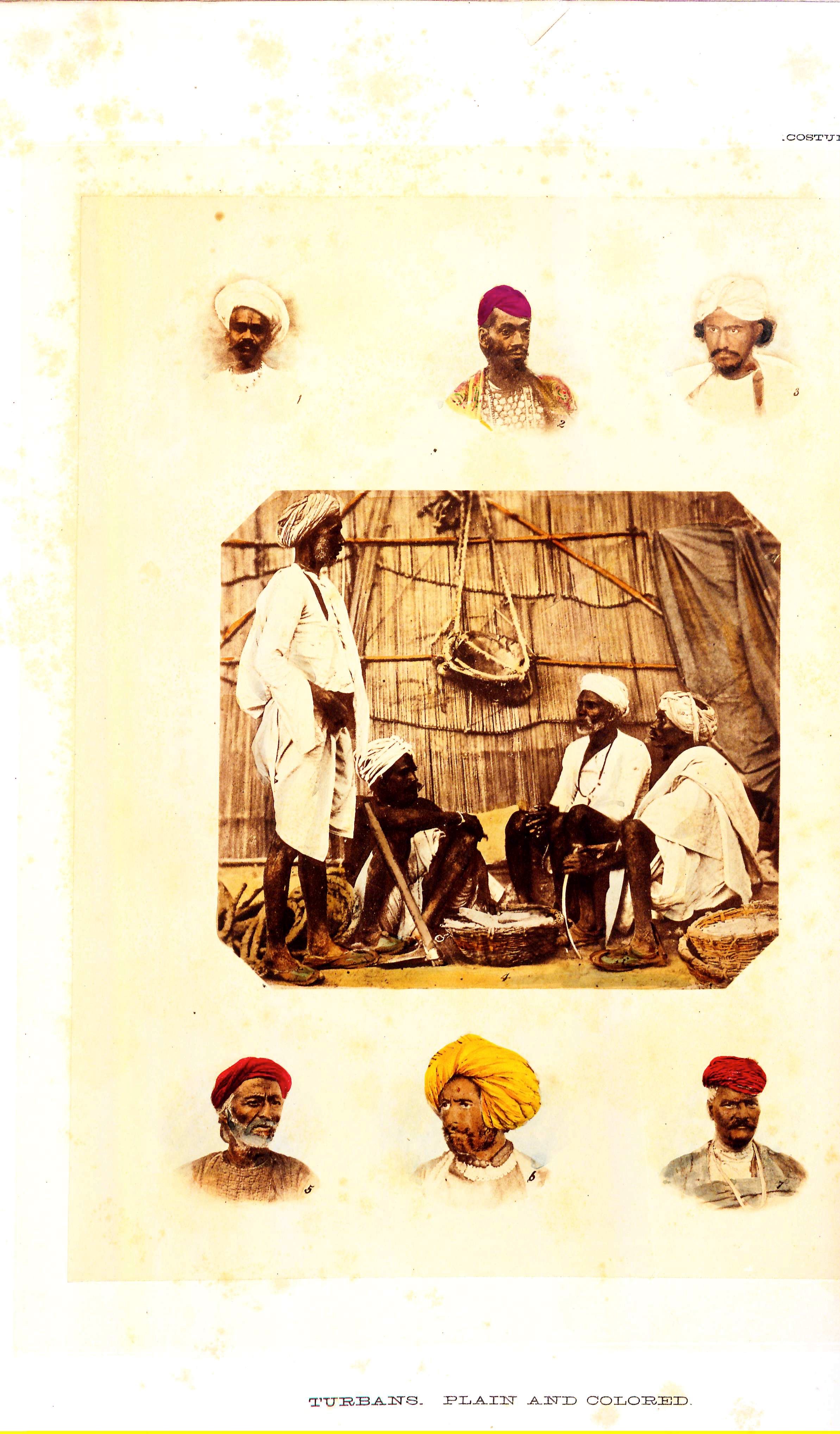
This follow up blog to “The Textile Thief and the Great British Manufacturers,” focuses on Watson’s samples of turban pieces and their significance in India in the mid-1800s. When J. Forbes Watson was collecting samples for his collection Textile Manufactures of India, turbans were worn almost universally throughout India. In Watson’s companion book to his sample collection, entitled Textile Manufactures and the Costumes of the People of India, he recorded his observations on the uses and styles of turbans, paying particular attention to the way beauty and utility combined in the designs.

